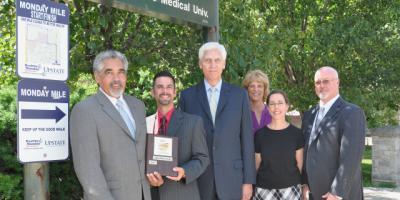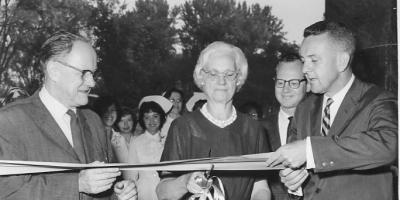What to do for chest pain
Chest pain is one of the primary reasons people seek care at a hospital emergency room, and it can signal a variety of medical conditions, says William Paolo, MD, an assistant professor of emergency medicine at Upstate University Hospital.
Among the most serious is a heart attack or acute coronary syndrome. Differentiating heart attack-induced chest pain from other types of chest pain is tricky.
“Your heart doesn‘t have the same kind of nerves as your skin does. With your skin, when you have pain you can pinpoint where that is; that‘s called somatic pain. When you have heart pain or pain in your internal organs, that is innervated by a different system; that‘s called visceral pain. It‘s very vague and nonspecific, more generalized. Sometimes you‘ll feel like it‘s in the middle of your chest, sometimes in your neck.”
Doctors pay attention to associated symptoms, as well. Is the person sweating, nauseous or short of breath?
Paolo says it‘s simple: If you have chest pain you have never experienced before, get to the hospital emergency room.
If you are with someone who suffers chest pain:
- sit them down and make sure they do not exert themselves,
- call 911 for an ambulance, so that paramedics will be able to start treatment, and
- consider giving the person an aspirin, a blood thinner, as long as they are not allergic.
Listen to this interview on HealthLink on Air radio.


